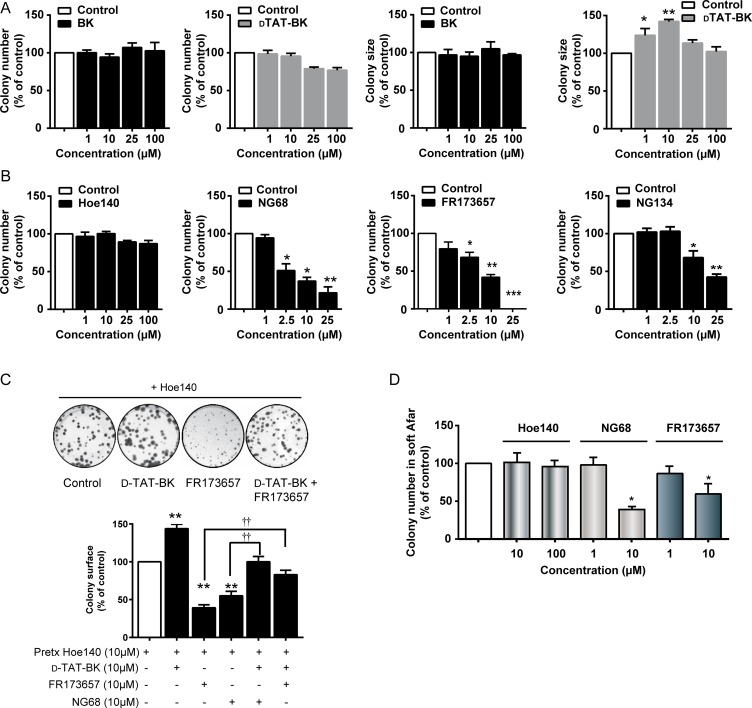Figure 4. CP-B2RAs abrogate clonogenic potential of MDA-MB-231 cells.
(A) Effects of B2R agonists on colony size and numbers determined by anchorage-dependent clonogenic assays. Cells were incubated in the presence or absence of indicated concentrations of agonists and colonies allowed to form over a 10–14 day period. (B) Effects of B2RAs on colony numbers. Experiments performed as described in A. DMSO vehicle control (0.2%), serving the maximal concentration tested of FR173657 (25 µM), did not have any marked effects on clonogenicity (not shown). (C) Growth competition assays with CP-B2R agonist dTat-BK and CP-B2RAs, NG68 and FR173657. Cells were first incubated with a saturating concentration of HOE 140 (to selectively block cell-surface B2R) then treated with the dTat-BK, with or without CP-B2RAs, at the indicated concentrations. Representative photographs of stained colonies following the indicated treatments are shown above graph. (D) Effects of B2RAs on cell growth assessed by anchorage-independent (in soft agar) clonogenic assays. Cells were exposed to the indicated concentrations of compounds for 7 days. Colony formation in soft agar was assayed as described in Materials and Methods. For panels A-D, data represent means ± s.e.m. of 4–8 experiments. *p < 0.05, **p < 0.01, ***p < 0.001 versus Ctl (Dunnett’s test); ††p < 0.01 versus indicated group (unpaired Student’s t test).

